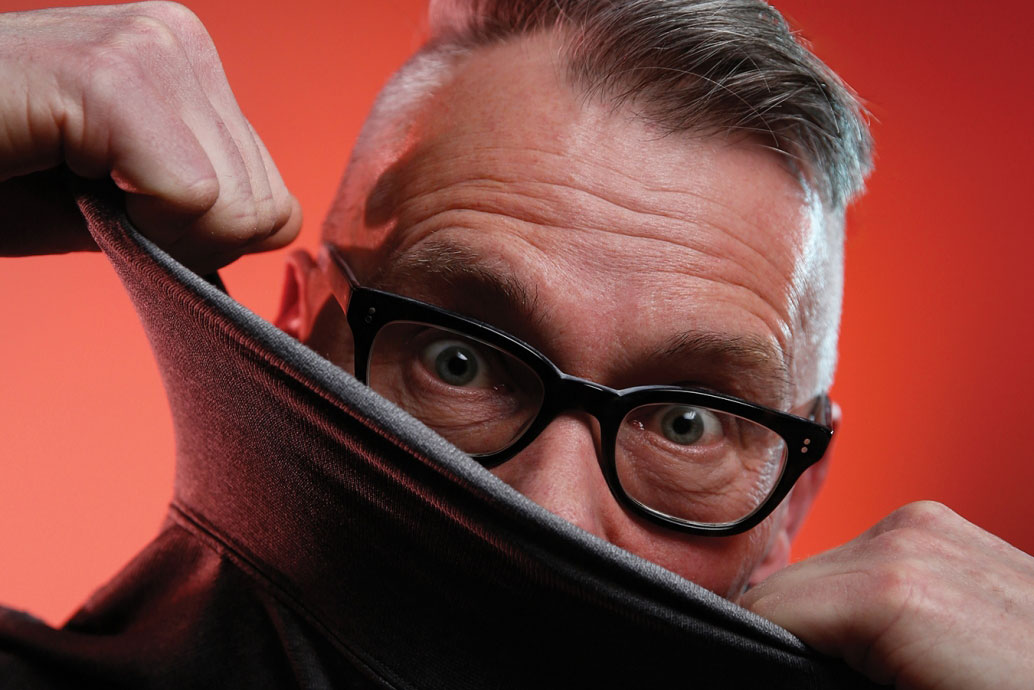When Steve Csorba describes his battle with throat and neck cancer, he uses a word that one might not expect him to. He says that he was “lucky” to get cancer while living in Edmonton.
No, he wasn’t fortunate to get sick. That would be ridiculous. What he means is that if a person is going to have to fight neck cancer, Edmonton is the best place in the world in which to be.
Csorba had the cancer removed — and his throat and jaw completely rebuilt. Tissue was “harvested” from his left arm and used to reconstruct his throat. Plates were custom designed and a new jaw was created from them.
“They peeled my face off and broke my jaw. My face was pinned to the top of my head. And I came out of it wondering if I was in heaven,” Csorba says, as he takes a sip of his coffee.
He still has some issues. Eating takes three or four hours a day, and choking is a risk, because he’s swallowing using muscles that were never designed to swallow. In fact, a couple of weeks before he sat down for an interview, Csorba needed to call 911 because of a roasted chickpea that got lodged in his windpipe. But, if he didn’t eat and swallow, the muscles would atrophy and he would quickly lose the ability to speak.
“I’m Hungarian,” he smiles. “I like to talk. I like to eat.”
Now, Csorba will be the first patient to sit on the board of Edmonton’s Institute for Reconstructive Sciences in Medicine (IRSM), a cutting-edge lab that specializes in cases like his.
“I’ll be bringing a patient-centric viewpoint. There tends to be a clinical-centric viewpoint that tends to exist in medical boards.”
The collaborative process between doctor and patient, and the use of design to help aid surgeons — these are the things that make IRSM, located in a rather nondescript main-floor wing of the Misericordia Hospital, a mecca of medical research. Walk through the front doors of IRSM, to the left off the Misericordia’s lobby, past the gift shop. Imagine mixing the dizzying technology of a sickbay fromStar Trek with a hint of a costume parlour. Go past the waiting room, and you’ll find artisans in lab coats, thin brushes in their hands. They apply paint to prosthetic noses and jaws. There are eyeballs and ears, all being custom-crafted for patients.
